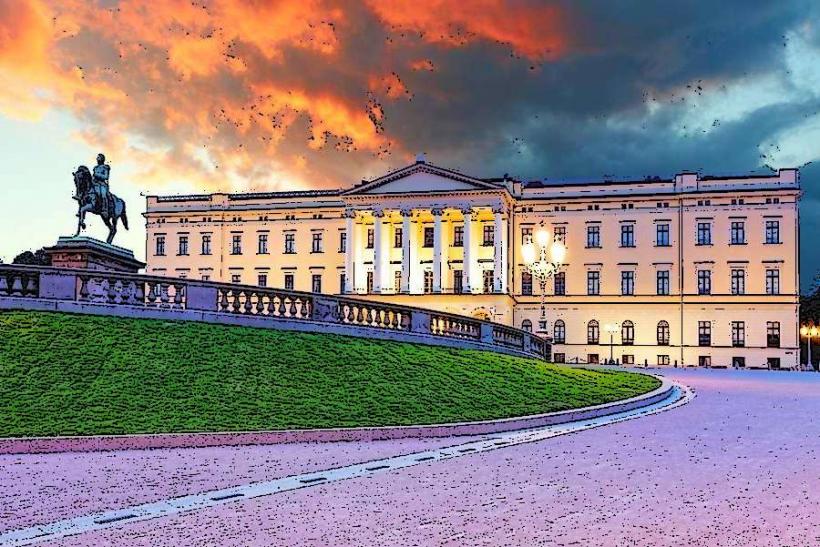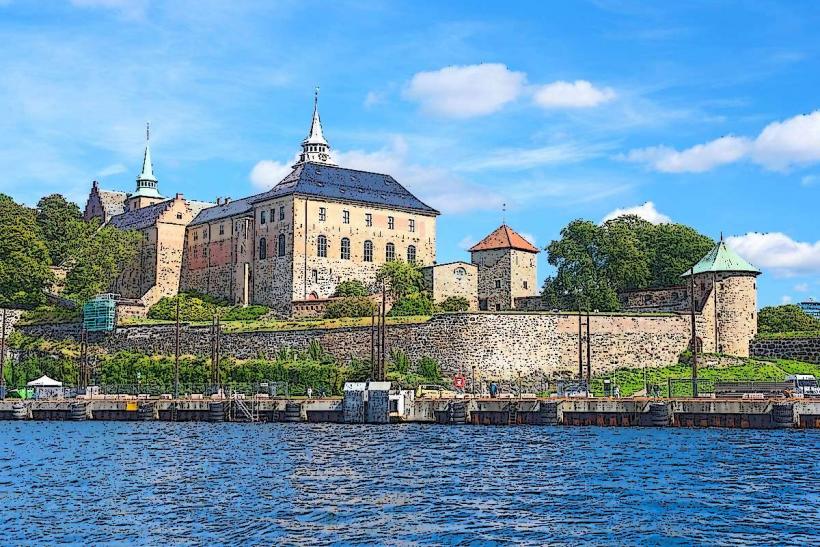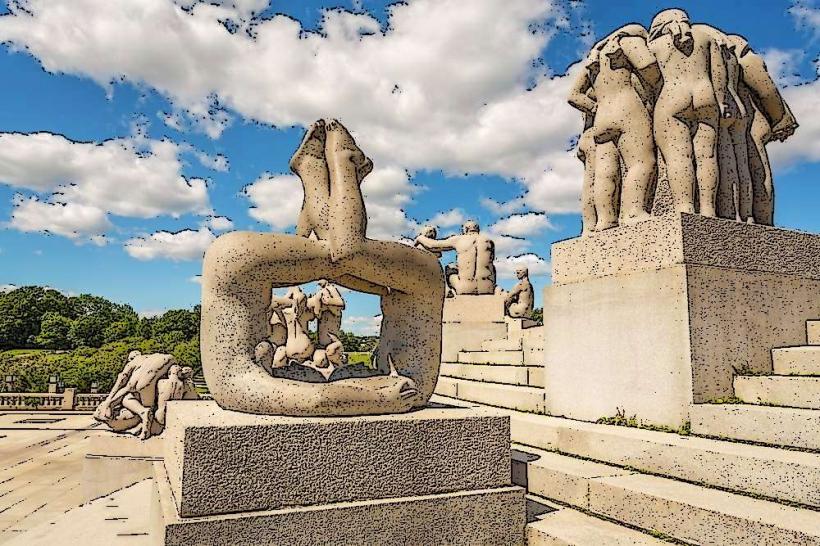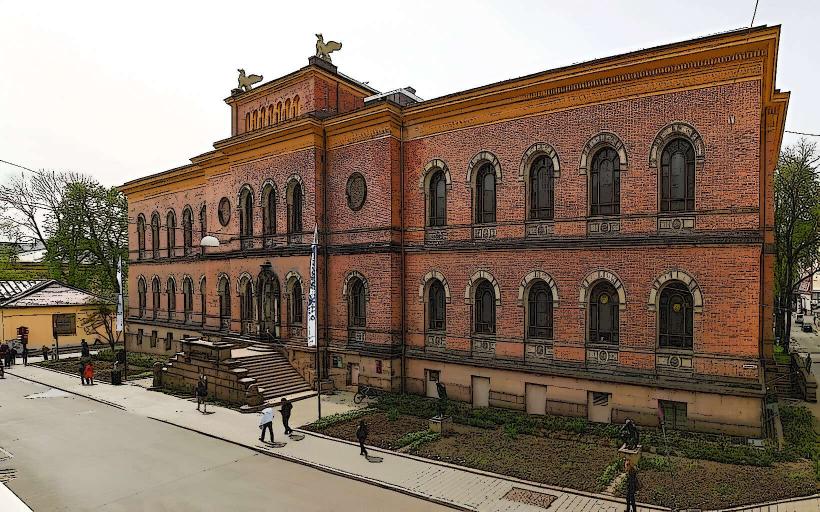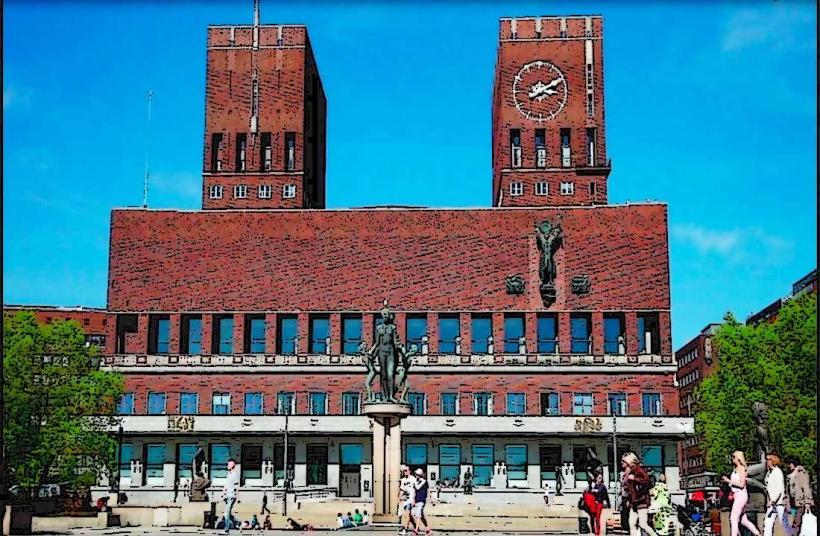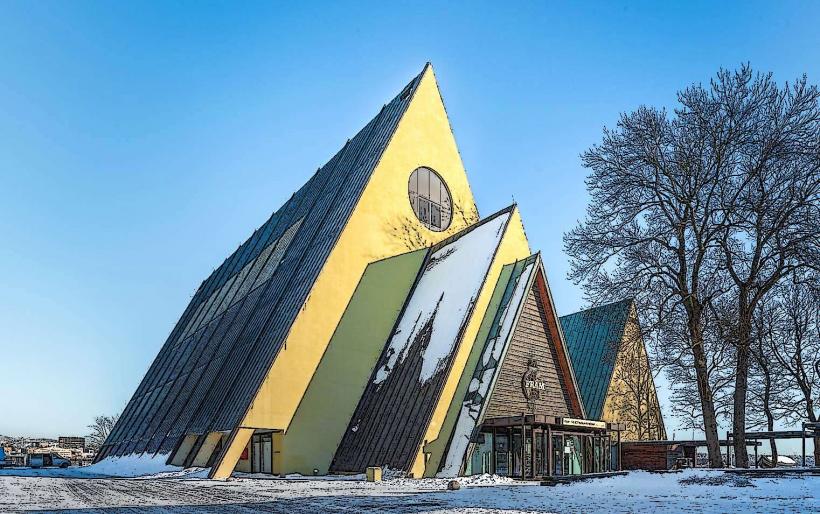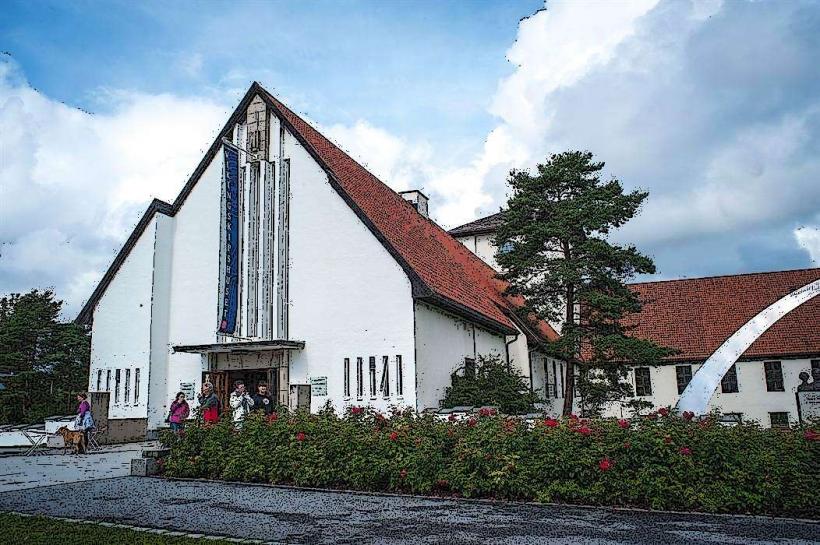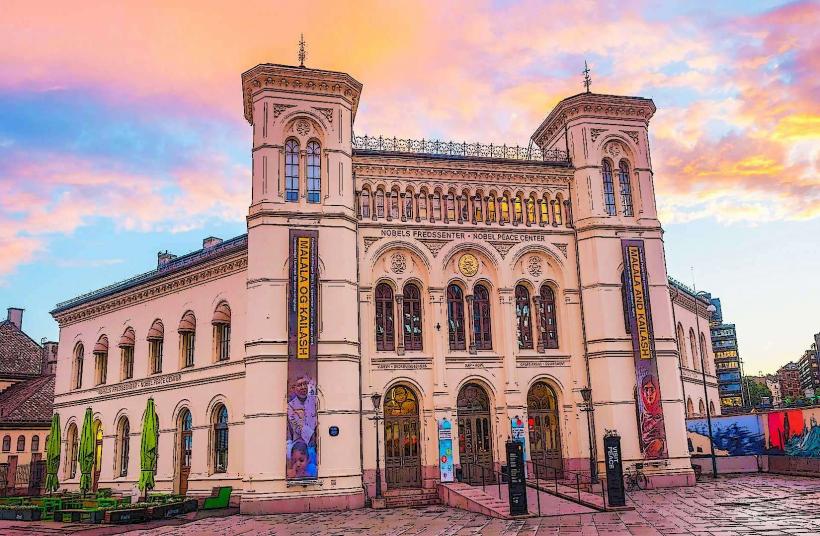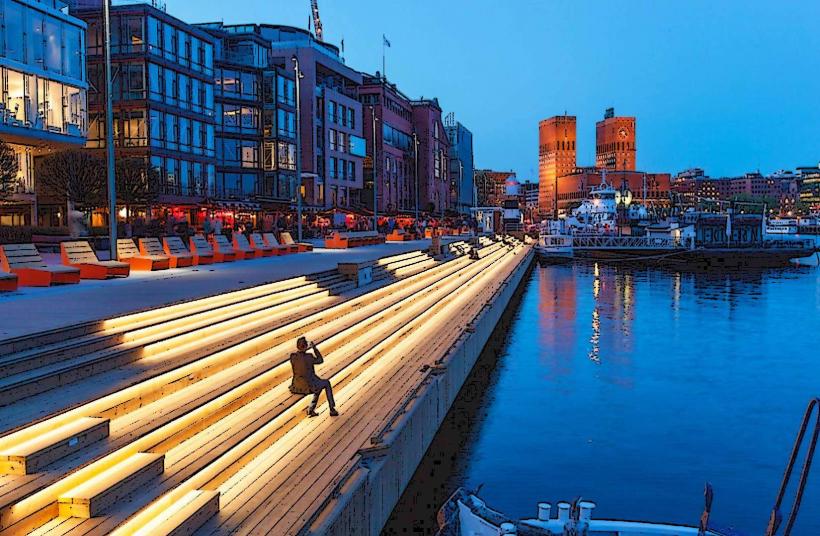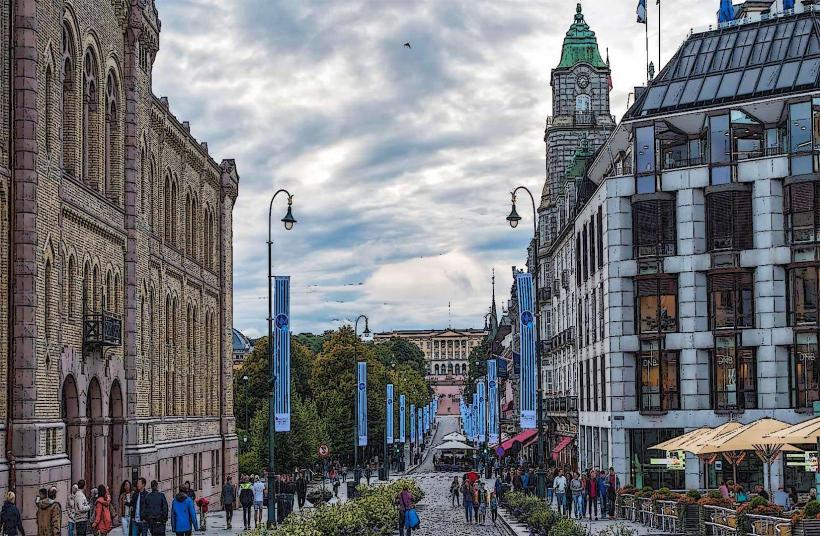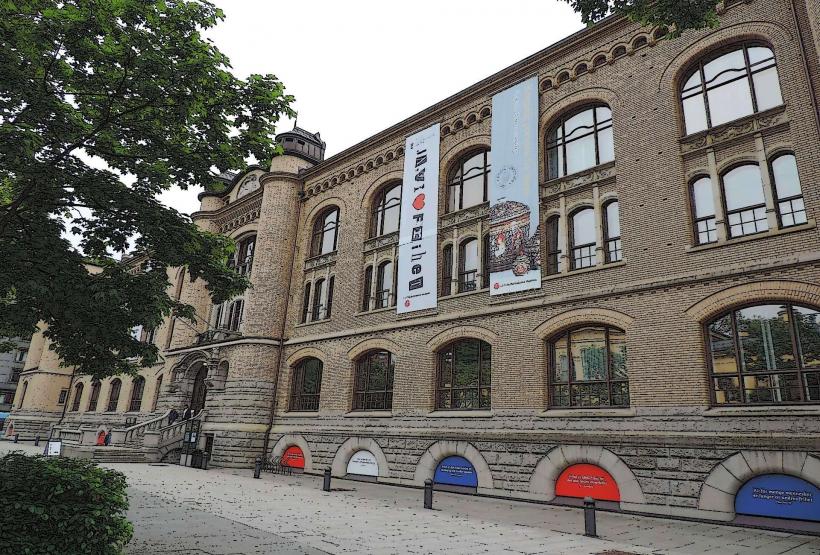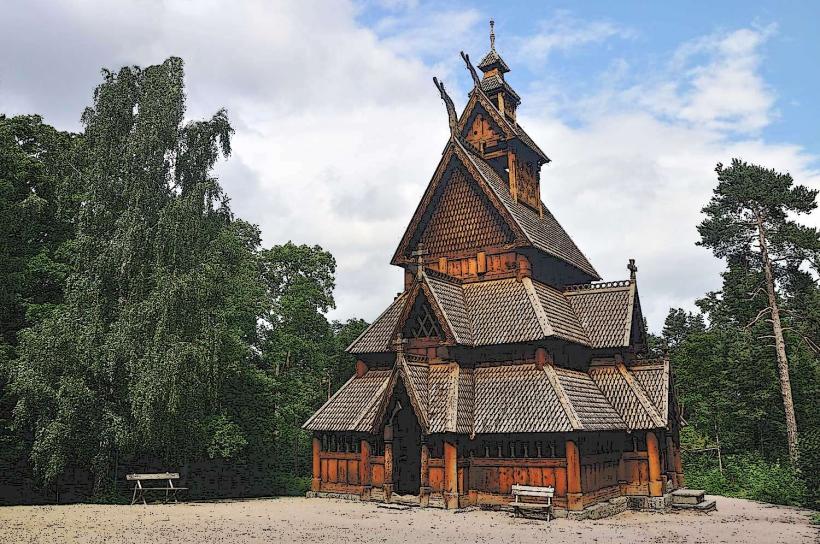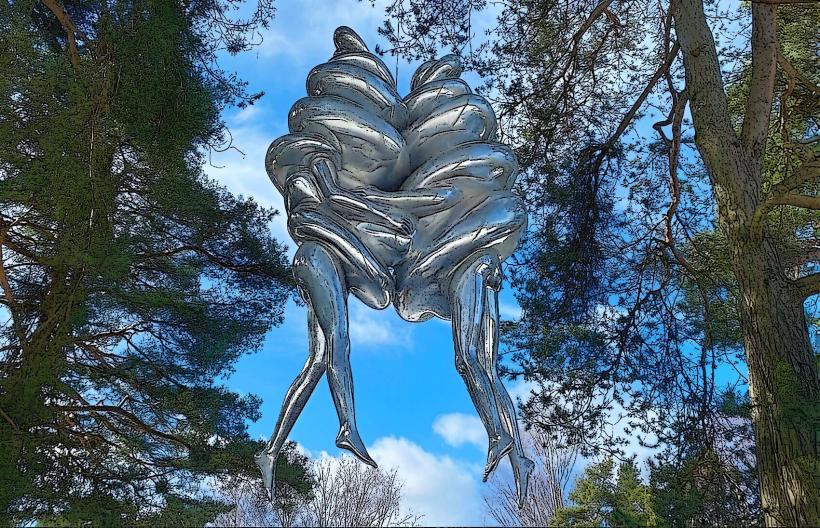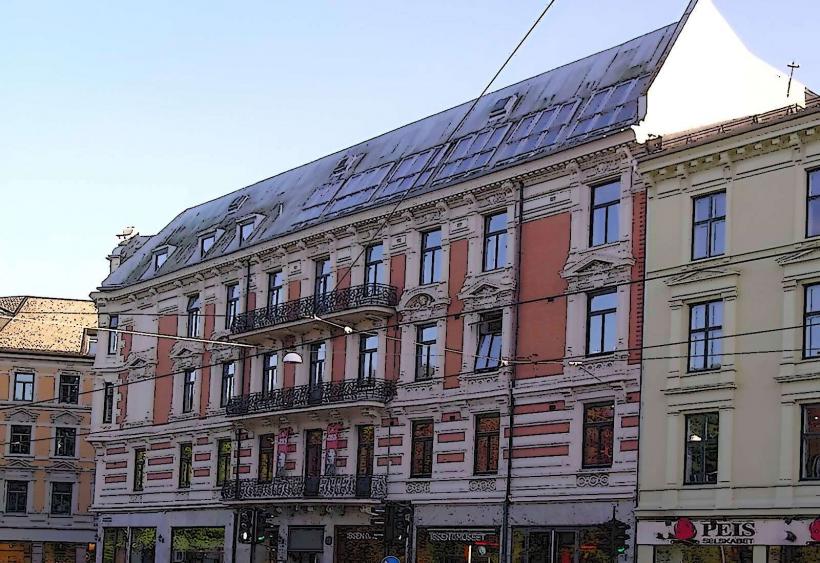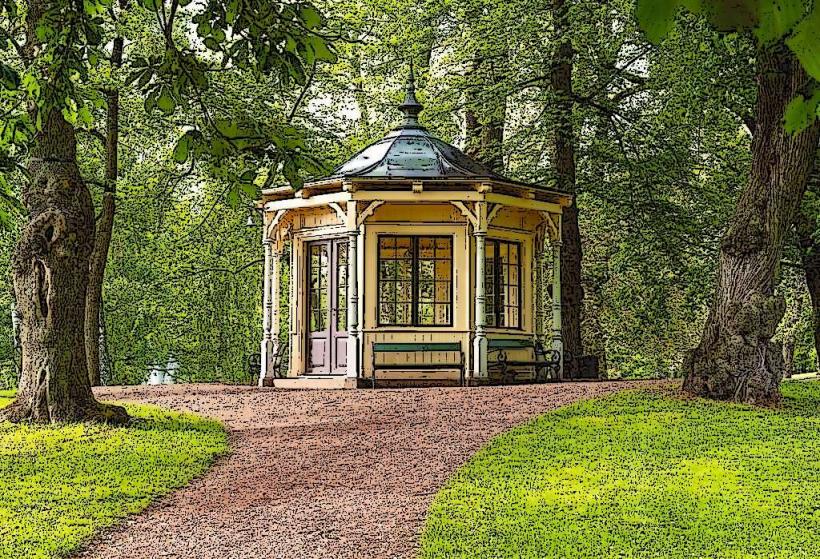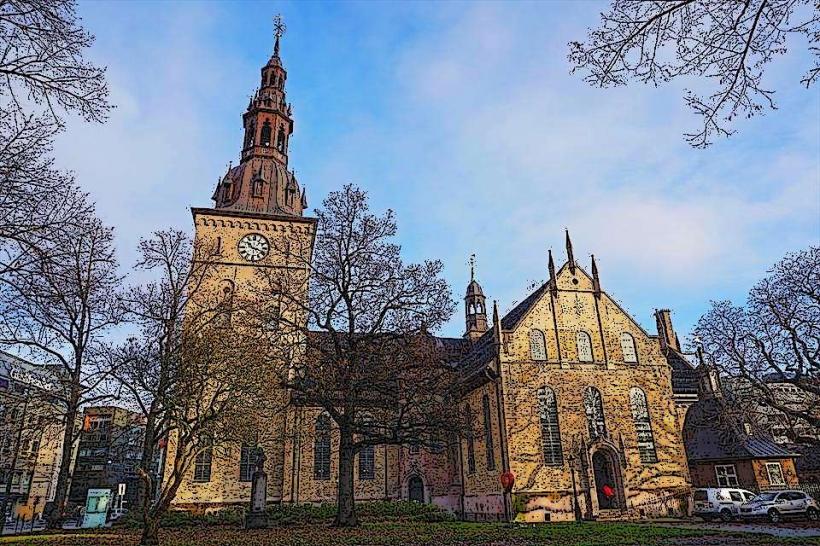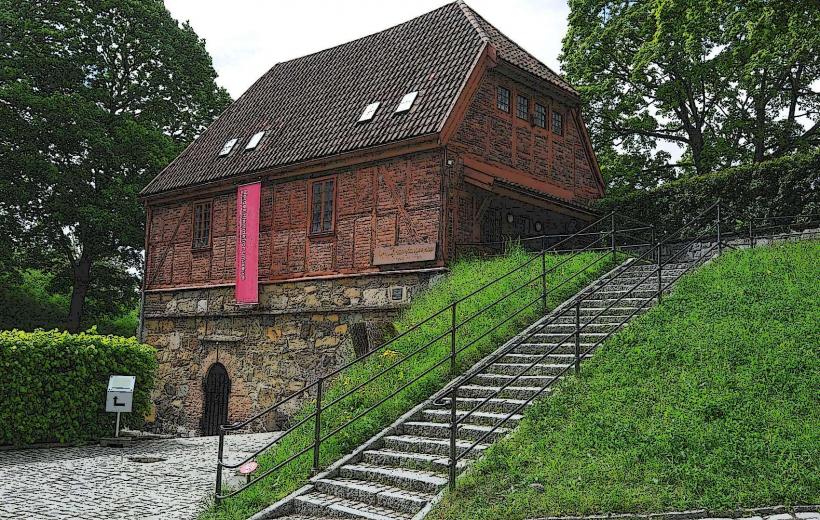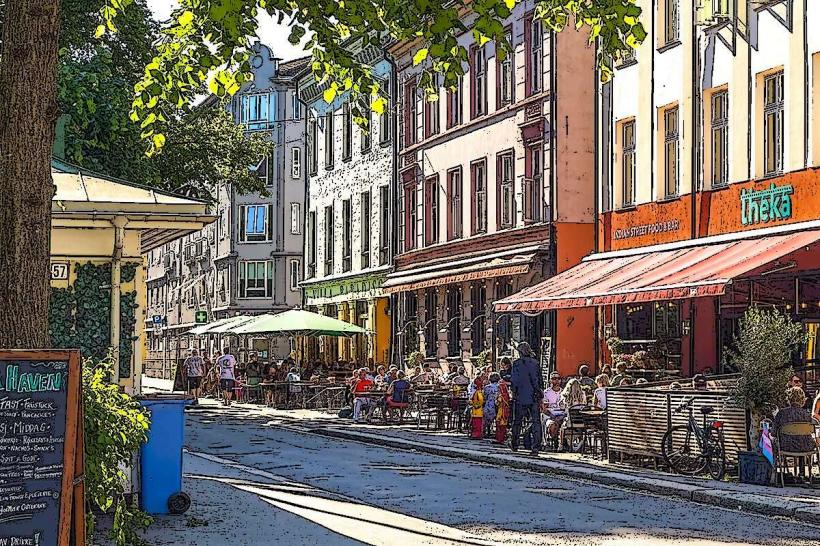Information
Landmark: Munch MuseumCity: Oslo
Country: Norway
Continent: Europe
The Munch Museum (Munchmuseet) in Oslo, Norway, is dedicated to the life and works of Edvard Munch, one of the most iconic and influential artists of the 19th and 20th centuries. Known for his exploration of psychological themes, especially those related to anxiety, death, and love, Munch's works are an essential part of Norway’s cultural heritage. The museum holds one of the largest collections of his art in the world and provides a comprehensive look into his life, artistic journey, and emotional struggles.
History and Establishment
- Founded: The Munch Museum was founded in 1963, in accordance with Munch’s will. He bequeathed many of his works and his estate to the city of Oslo upon his death in 1944, with the intention that they be used to establish a museum.
- Original Location: The museum was initially housed in a building in the city center, near the St. Hanshaugen area, where it stood for nearly 60 years.
- New Location: In 2020, the museum moved to a new, modern building located on the waterfront in the Bjørvika district, near the Opera House. The new location provides much more space for Munch’s extensive collection and offers better facilities for exhibitions and events.
Architecture
- Design: The museum's new building was designed by the architectural firm Estudio Herreros. The structure is characterized by its sleek, minimalist design with large windows and open spaces, offering visitors stunning views of the Oslo fjord and the city.
- Layout: The museum spans over 13,000 square meters, spread across several floors. It includes galleries, exhibition spaces, educational areas, and a rooftop terrace. The museum’s interior is designed to accommodate Munch’s diverse body of work, from paintings and sketches to prints and sculptures.
Collection Highlights
The Scream:
- Although the most famous version of The Scream is held in the National Gallery of Oslo, the Munch Museum houses several other versions, including paintings, lithographs, and pastel versions of this iconic piece.
- The Scream is often regarded as a symbol of existential angst and human anxiety.
Major Paintings:
- The museum holds several of Munch’s key works, such as The Madonna, The Sick Child, The Dance of Life, and The Kiss, which explore themes of love, death, and human vulnerability.
- These pieces are integral to understanding Munch’s focus on the complexities of the human condition and emotional depth.
Self-Portraits:
- Munch painted numerous self-portraits throughout his life, reflecting his struggles with identity, isolation, and mortality.
- The self-portraits serve as windows into the artist’s psyche, showing his evolving sense of self and his emotional and physical decline over the years.
Prints and Drawings:
- The museum holds an extensive collection of Munch’s prints, many of which were created using lithography, woodcut, and etching techniques. His prints are often as influential as his paintings and reflect his focus on psychological and emotional expression.
Sculptures:
- In addition to his paintings and prints, the museum also features a selection of Munch’s sculptures. These works often explore similar themes of death, love, and the human experience.
Letters and Personal Items:
- The museum houses personal letters, journals, and objects that provide insight into Munch’s life, revealing his complex emotional and mental states.
- Many of his writings reflect his philosophical musings and his battle with mental health issues, which influenced his artwork.
Special Exhibitions and Programs
- The Munch Museum regularly hosts temporary exhibitions that delve into specific aspects of Munch’s work or explore thematic connections between his art and other artists. These exhibitions are complemented by lectures, events, and educational programs.
- The museum also hosts rotating exhibitions of contemporary art, which often explore themes similar to those in Munch’s works, such as emotional expression, mental health, and existentialism.
Visitor Experience
Interactive Features:
- The Munch Museum incorporates modern technology to enhance the visitor experience, with interactive displays and multimedia presentations about Munch's life and works.
Educational Programs:
- The museum offers educational activities for children and adults, including guided tours, workshops, and discussions about Munch’s art and themes.
- There are also special programs designed for school groups, making the museum an important resource for art education.
Rooftop Terrace:
- One of the unique features of the new Munch Museum is the rooftop terrace, which offers panoramic views of Oslo, including the fjord, the city center, and the surrounding areas. It’s a perfect spot for visitors to reflect on Munch’s art while enjoying the city’s landscape.
Visiting Information
- Location: The Munch Museum is located in the Bjørvika district, close to the Oslo Opera House and the Barcode Project. The exact address is Edvard Munchs Plass 1.
- Opening Hours: The museum is open year-round, with varying hours depending on the season and special exhibitions.
- Admission: Entry fees vary, with discounts for students, seniors, and groups. Children and young adults typically receive free entry.
- Accessibility: The museum is fully accessible, including wheelchair access and other facilities for visitors with disabilities.
Interesting Facts
- The Scream's Global Fame: The various versions of The Scream housed in the Munch Museum, including the pastel and lithograph editions, make it one of the museum's most popular and recognized attractions.
- Personal Struggles: Munch's personal life, including his traumatic experiences with illness, loss, and mental health, deeply influenced his art, with many of his works being reflections of his inner turmoil.
- Extensive Collection: The museum holds over 28,000 works by Munch, making it the largest collection of his art in the world.
The Munch Museum offers an immersive experience into the life and work of one of history's greatest artists, giving visitors the opportunity to explore his profound emotional expressions and the themes that defined his career. Whether you're drawn to his famous works like The Scream or intrigued by his exploration of human emotion through different mediums, the museum provides a comprehensive look into Munch's legacy.


